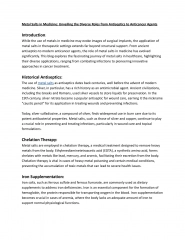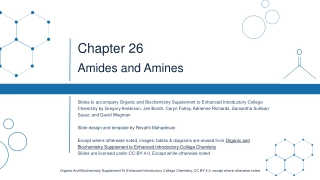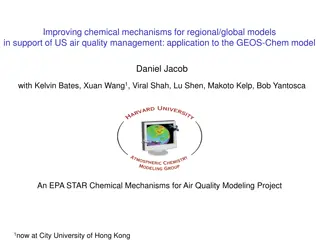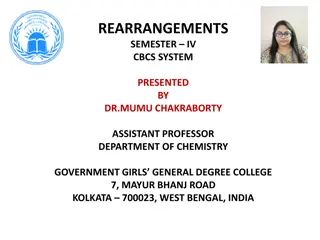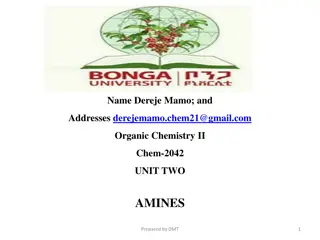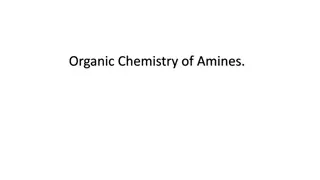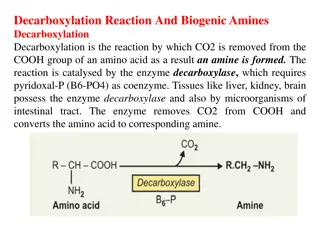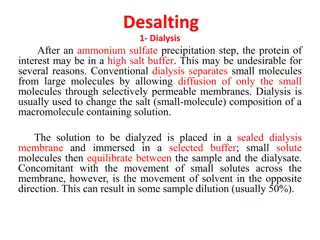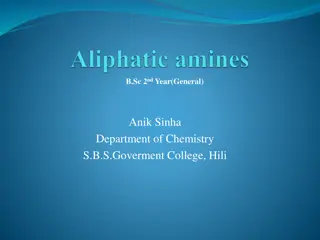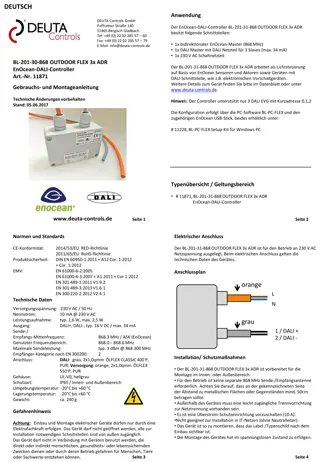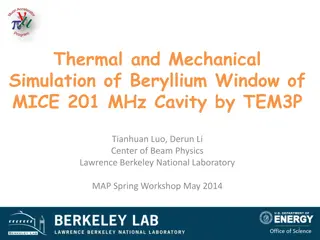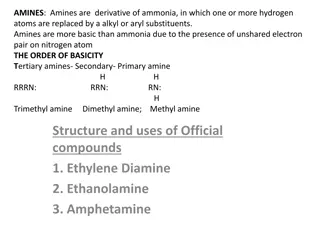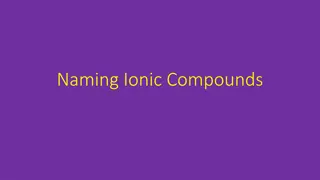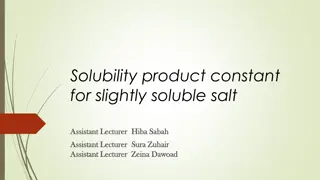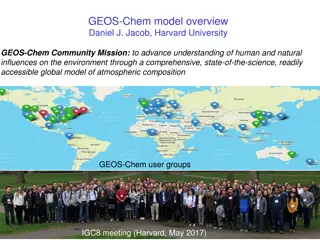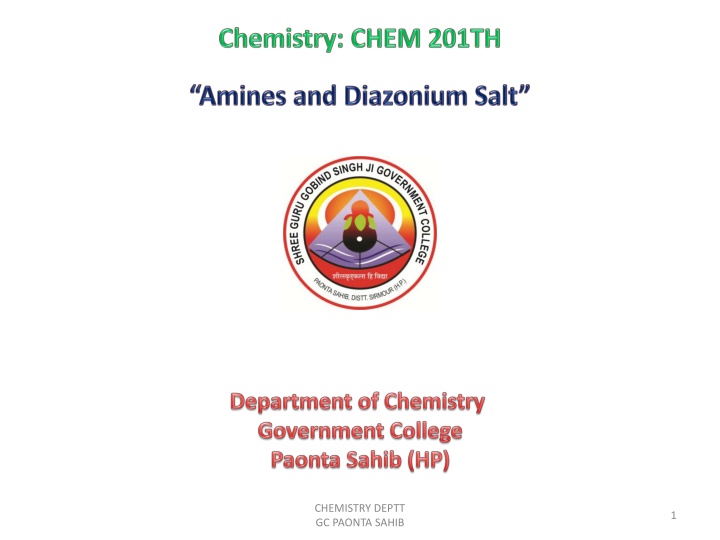
Chemistry Department Insights: Reaction Mechanisms and Observations
Explore the mechanisms and observations in chemistry reactions, including Hafmann elimination, nitration of aniline, bromine water interaction, and sulphonation reactions. Understand key concepts such as alkene formation, electron density effects, and electrophilic attacks. Discover why certain products are favored despite traditional rules, and delve into the intricacies of organic chemistry transformations.
Download Presentation

Please find below an Image/Link to download the presentation.
The content on the website is provided AS IS for your information and personal use only. It may not be sold, licensed, or shared on other websites without obtaining consent from the author. If you encounter any issues during the download, it is possible that the publisher has removed the file from their server.
You are allowed to download the files provided on this website for personal or commercial use, subject to the condition that they are used lawfully. All files are the property of their respective owners.
The content on the website is provided AS IS for your information and personal use only. It may not be sold, licensed, or shared on other websites without obtaining consent from the author.
E N D
Presentation Transcript
CHEMISTRY DEPTT GC PAONTA SAHIB 1
CHEMISTRY DEPTT GC PAONTA SAHIB 2
The first step Hafmann elimination is to treat an amine with a vast excess of methyl iodide [CH3I], which results in an ammonium salt. Then heating with strong base results in an elimination reaction: NR3is lost and and a new alkene is formed. The interesting observation here is that the alkene product from this process tends to be the least substituted alkene (contrary to Satzaff rule) Why (Reason) Home Work GC PAONTA SAHIB CHEMISTRY DEPTT 3
CHEMISTRY DEPTT GC PAONTA SAHIB 4
In nitration of aniline in strong acid (HNO3, H2SO4) aniline changes to anillium ion. Anillium withdraws electron density. Its effect is felt maximum at ortho followed by meta and then para position. Consequently very little of ortho nitrated product is formed. Since electron withdrawing inductive effects are minimum at para position, maximun nitration occurs here CHEMISTRY DEPTT GC PAONTA SAHIB 5
In the above reaction when aniline comes in the vicinity of bromine water, then the bromine molecule develops a polarity within itself and bromine with a slightly positive charge acts as an electrophile (electron seeking) and attacks the electron rich ortho and para positions of aniline. CHEMISTRY DEPTT GC PAONTA SAHIB 6
Sulphonation reaction of aniline with cold concentrated Sulphuric acid gives anilinium hydrogen sulphate. Heating anilinium hydrogen sulphate with Sulphuric acid at 453K to 473K gives p- aminobenzene sulfonic acid (sulphonic acid) as major product. CHEMISTRY DEPTT GC PAONTA SAHIB 7
CHEMISTRY DEPTT GC PAONTA SAHIB 8

